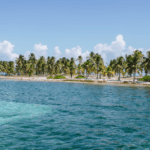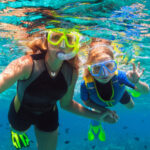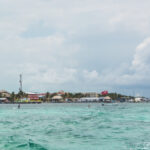Exploring the Belize Barrier Reef: Your Ultimate Guide
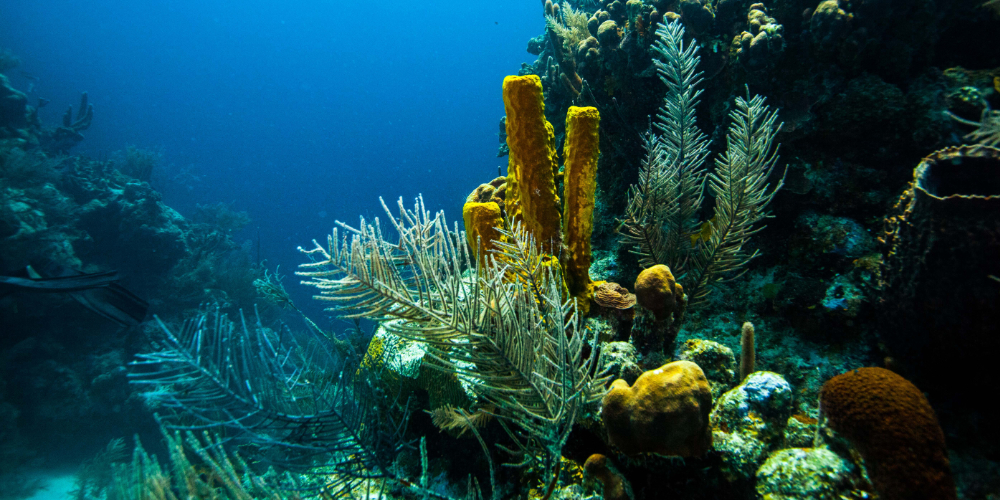
Mar 7, 2025
One of the world's most sought-after diving and snorkeling locations, the Belize Barrier Reef boasts a diverse ecosystem showcasing incredible fauna and flora, with coral stretching about 190 miles running parallel to the country's coast. Part of the larger Mesoamerican Barrier Reef that spans 625 miles as the largest reef in the Western Hemisphere, it's the second-largest in the world, behind only the Great Barrier Reef in Australia, encompassing a rich mosaic of dunes, beaches, coastal wetlands, mangrove forests, lagoons, seagrass beds, and coral reefs.
A UNESCO World Heritage Site, the crystal-clear turquoise waters offer incredible clarity ideal for snorkeling or diving, drawing everyone from those new to the activity to the most seasoned for the ultimate bucket-list experience.
The Marine Life
There are hundreds of different fish species and other marine creatures that can be seen while snorkeling or diving the Belize Barrier Reef. Just a few of our favorites include the queen parrotfish, a brightly colored fish with a “crown” spot on its head and a beak-like mouth, butterfly fish which are always seen in pairs and have large spots on their backs that look like the pattern of a butterfly’s “eyes” on their wings. There are lots of little yellow fish with black stripes called Sergeant Major that can even be seen swimming around the docks along the shores of Ambergris Caye.
The other stars of the show include:
- Spotted eagle rays which have triangular “wings” with white spots. They are often seen in large groups close to the remarkable reef.
- Southern stingrays are commonly seen on the reef and cruising the shallows in the evenings.
- Nurse sharks can be seen in shallow water surrounding the reef, with some of the highest concentration at Shark Ray Alley where they can grow up to 14 feet in length.
- Green sea turtles are often a highlight for a snorkel or dive at the Belize Barrier Reef, often feeding on the turtle grass that grows in the shallows. Loggerhead turtles can be seen too, particularly at “Turtle Alley” on the Gladden Spit and Silk Caye Marine Reserve. Loggerheads also nest at Glover’s Reef Atoll, focused around Middle Caye. Hawksbill turtles, green sea turtles, and loggerhead turtles all nest at Halfmoon Caye, making it another top spot for turtle sightings.
- Atlantic bottlenose dolphins like to play in the wake of the boats and can sometimes be seen hunting fish on the reef or swimming along the coast at sunset. Watch for spinner dolphins outside the reef too.
- Manatees are gentle giants that can be friendly or shy, often spotted in the Swallow Caye Marine Reserve which can be accessed from Ambergris Caye or Caye Caulker.
- Whale sharks, which aren’t whales or sharks, but rather the world’s largest fish, gather in Belize during the springtime. This is when snappers spawn in the area, providing a feast to the slow-moving, virtually harmless filter feeders. One of the best spots to see them is Gladden Spit near Placencia.
- The incredible coral shouldn’t be overlooked either with 36 different species of soft coral and over 70 species of hard coral. These corals create a diverse ecosystem for several thousand plants and animals. Even more remarkable is that experts have estimated that more than 90 percent of the creatures living among the coral have yet to be discovered.
Top Spots for Exploring the Belize Barrier Reef
The Belize Barrier Reef Reserve World Heritage Site is made up of seven protected areas which include:
- Blue Hole Natural Monument
- Bacalar Chico National Park and Marine Reserve
- Half Moon Caye Natural Monument
- South Water Caye Marine Reserve
- Glover’s Reef Marine Reserve
- Sapodilla Cayes Marine Reserve
- Laughing Bird Caye National Park
Blue Hole Natural Monument
The Great Blue Hole is a vast underwater sinkhole near the center of Lighthouse Reef measuring 1,000 feet across with a depth of 410 feet. It’s best known for its brilliant colors with the heart a deep sapphire hue that’s strikingly contrasted against vibrant aquamarine water. It’s believed to be the world’s largest of its kind and is located about two hours by boat from Ambergris Caye. Famous oceanographer Jacque Cousteau called it one of the top 10 dive sites on the planet. Not only can snorkelers and divers marvel at a wealth of marine life, including Caribbean reef sharks, but up to 40-foot-long limestone stalactites.
Diving is the best way to fully experience the Blue Hole, admiring everything from parrotfish and sea turtles to reef sharks along with the remarkable stalactites that appear in the deep. It’s also possible for families with children and non-divers of all types to snorkel here. Both diving and snorkeling trips typically include stops at other sites too.
Bacalar Chico National Park & Marine Reserve
Bacalar Chico National Park & Marine Reserve is a Unesco World Heritage Site at the northern tip of Ambergris Caye. It’s made up of 41 square miles of protected sea and land that can only be accessed with an hour-long boat ride from San Pedro or Caye Caulker. This area serves as a critical habitat and a breeding ground for many different creatures, including fish like black groupers and horse eye jacks along with loggerhead and green turtles. You’ll also have the chance to see the gentle and curious manatees. Plus, the coral is especially colorful around this area and is significantly less damaged as compared to other places.
Half Moon Caye Natural Monument
An island and natural monument at the southeast corner of Lighthouse Reef Atoll, Half Moon Caye was the country’s first nature reserve established under the National Park Systems Act in 198. It was also Central America’s first marine protected area. The island is especially picturesque with pristine white sands and lush vegetation. Underwater, there is a dramatic reef wall dropping to more than 3,000 feet, considered one of the best dive sites in Belize. There’s lots of untouched coral and sea life, with everything from sea turtles and nurse sharks to spotted eagle rays common, while schools of permit and bonefish are everywhere.
South Water Caye Marine Reserve
One of the Belize Barrier Reef’s largest reserves at almost 117,875 acres, the South Water Caye Marine Reserve is made up of a ring of islands and mangrove forests, best known for its dense, red mangroves that thrive alongside coral. The reserve supports an abundance of conch, spiny lobster, and all sorts of fish species. With the reef near the shore, you can swim out right from one of the sandy beaches. Hopkins, Dangriga, and Placencia are the top coastal towns for a visit to South Water.
Glover’s Reef Marine Reserve
The Caye Marine Reserve Glover’s Reef is a protected area that includes the marine portion of Glover’s Reef Atoll, with visibility that’s particularly impressive during the early summer. There are miles and miles of shallow protected waters with hundreds of patch reefs, ideal for diving and snorkeling as well as paddleboarding and sea kayaking. There are over 500 tropical fish species and 200 different varieties of corals. The more experienced can explore undersea walls, deep water channels, and groove and spur coral formations.
Sapodilla Cayes Marine Reserve
Located along the southernmost tip of the Belize Barrier Reef about 46 miles east of Punta Gorda, a 2.5-hour boat ride away, Sapodilla Cayes is one of the most remote areas in the reef system. It serves as a vital habitat for many threatened species, including three types of marine turtles, numerous kinds of fish, and five types of coral. You can often spot manta rays, dolphins, and even whale sharks.
Laughing Bird Caye National Park
A small national park 11 miles off the coast of Placencia, Laughing Bird Caye was named for the laughing gull who used to breed here. It’s no longer a place to see these birds, but green herons and brown pelicans are commonly seen. With the island sitting on an ancient faro reef shelf formation, there is an abundance of marine life and diverse coral. Snapper, conch, and spiny lobster are frequently seen.
The Placencia Peninsula is a great place to dive or snorkel without the crowds. The shallow water around the islands just offshore is particularly ideal for beginners.
When To Snorkel or Dive the Belize Barrier Reef
The best time to snorkel or dive the Belize Barrier Reef is generally from December through April, AKA the dry season, however; on the northern Cayes, the weather continues to remain fairly dry through August. You’ll enjoy excellent underwater visibility for viewing the colorful coral and marine life with the sea typically hovering around 80 degrees. September and October are the rainier months bringing some showers on Ambergris Caye but it’s still possible to enjoy these experiences and the bonus of fewer crowds.
The best time of day for snorkeling or diving here is early in the morning. It’s worth the wake-up call to get out there on the water before the afternoon winds stir up visibility and there will be fewer others around, which means early birds can also avoid the crowds.
Where to Stay for Exploring the Belize Barrier Reef
Before choosing your particular accommodation you’ll want to think about where you’d like your base to be. Ambergris Caye and Caye Caulker are the most popular for those who want to snorkel or dive. The Belize Barrier Reef is just a half-mile off Ambergris Caye’s windward coast bringing the chance to explore many world-class sites, from the Great Blue Hole to Shark Ray Alley. San Pedro is the tourist hub in the area with the most snorkeling and diving tour operators, including the highly recommended family-owned Amigos Del Mar. You’ll also find the most shopping, dining, nightlife, and accommodation options. Caye Caulker is especially tranquil but visitor facilities are more limited.
On the mainland, Placencia has become an increasingly popular place to start an exploration of the reef, offering hotels, resorts, and marinas while being less tourist than the coast in the north. Some visitors choose to stay at one of the jungle resorts on mainland Belize and take day trips to the barrier reef but it can be a long day, typically departing early in the morning and departing in the late afternoon.
Best Ambergris Caye Accommodations
We highly recommend staying in Ambergris Caye for the best overall experience. This is where you find the award-winning Sandy Point Resorts, a collection of beachfront vacation resorts. There’s something for everyone here from families to couples, solo travelers, and groups, including large wedding parties.
Belizean Shores Resort
Belizean Shores Resort is only a few miles north of San Pedro Town. It offers a serene setting on a picturesque span of beach while being a TripAdvisor Travelers’ Choice 2024 Winner. It’s convenient to many of the island attractions while offering accommodation that includes many of the comforts of home like kitchens, with access to a spa, pool with a swim-up bar, and poolside dining. Plus, there’s an excursion center right on the property for snorkeling and diving tours that will take you to explore the Belize Barrier Reef.
Coco Beach Resort
Coco Beach Resort was the winner of the TripAdvisor Travelers’ Choice Awards “best of the best.” Just north of San Pedro, it offers diving and snorkeling excursions along with many other activities and tours from exploring Maya temples to river kayaking, fishing, and horseback riding. In between enjoy lounging around in a hammock, swimming in saltwater pools, and massages in your room or on the beach. Accommodation options include everything from guest rooms with microwaves and minifridges to luxury casitas with full kitchens, villas, and luxurious sea-view penthouses.
Belizean Cove Estates
Belizean Cove Estates is where you’ll want to book if you’re looking for lots of luxury, privacy and space. It includes a collection of six three-bedroom beachfront rentals with central a/c, gourmet kitchens, and private Caribbean-view verandahs. All are set around a large, free-form saltwater pool among coconut palms and other lush, tropical landscaping.
Costa Blu Beach Resort
Opening in December 2025 in north Ambergris Caye, 6.5 miles north of San Pedro, Costa Blu Beach Resort will offer something for travelers of all types. It’s an ideal base for snorkeling and diving off the island’s far northern tip and every until will offer a front-row seat to the stunning Caribbean.
Caye Caulker Accommodations
If you’re looking for more of a backpacker-type vibe and don’t mind the limited number of tourist facilities with a focus on exploring the barrier reef and simply soaking up the sun and the sea, Caye Caulker is a good alternative. There are several dive shops here too and the prices are roughly the same from either island.
There are lots of places to stay on Caye Caulker, including a few luxury accommodations alongside a couple of hostels, small hotels, and vacation rentals. Those seeking something honeymoon-worthy will find more options on Ambergris Caye.
Safety Tips for Visiting the Belize Barrier Reef
Protecting the Belize Barrier Reef is incredibly important which is why multiple marine reserves have been set up here to protect it, helping countless sea creatures and local communities. The reef also supports the country’s economy through tourism and fishing jobs, making it essential to consider its safety as well as your own. Chemicals in sunscreens can be toxic to coral reefs, causing DNA damage, bleaching, and other issues. Preventing damage to the reef means using sunscreen that’s reef-safe and doesn’t contain harmful chemicals.
The reef-safe sunscreens typically use mineral ingredients to provide protection from the sun which are less likely to penetrate the skin and enter the water. As sunscreens are government-regulated, look for:
- Non-nano zinc oxide which provides broad-spectrum protection from both UVA and UVB rays by reflecting and scattering sunlight away from the skin.
- Non-nano titanium oxide is similar, offering effective protection against UV rays, particularly UVB rays.
Avoid the following ingredients:
- Oxybenzone has been linked to coral bleaching and other environmental damage.
- Octinoxate can also be harmful to coral reefs.
- Look for sunscreens free of nanoparticles, sulfates, parabens, and phthalates.
Apply your reef-safe sunscreen liberally and often to prevent sunburn. You can avoid the need for a ton of sunscreen by wearing a rashguard (sunshirt). It’s also important to avoid touching anything in the water, including the corals which are not only damaged easily, but they can cause injury if you get too close. Be extra careful not to kick or stand on anything in the water. Be sure to choose a licensed tour guide/operator for diving or snorkeling as they know the area and will ensure that you stay safe. If you have any health issues prior to your excursion, it’s essential to inform your tour guide.
Our in-depth guide will allow you to explore the Belize Barrier Reef Reserve System in the most memorable, safest way possible for an experience that you’ll remember for a lifetime!

